In the vast and diverse realm of agriculture, certain crops stand out not only for their economic significance but also for their visual appeal. One such captivating category is crops with yellow flowers, which not only contribute to the agricultural landscape but also play a vital role in various ecosystems.
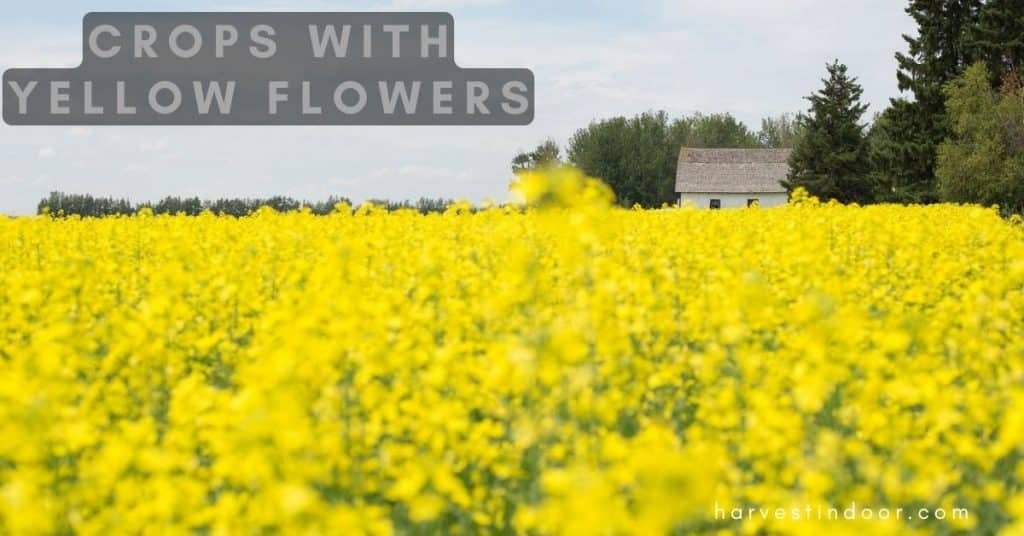
In this comprehensive guide, we delve into the world of these crops, exploring their characteristics, uses, and importance. Join us on this journey as we unveil the fascinating world of crops with yellow flowers.
Table of Contents
The Allure of Yellow Flowers
Yellow flowers hold a special place in the spectrum of colors found in the natural world. Their bright and cheerful hues can uplift our spirits and infuse a sense of vitality into any environment. These flowers often symbolize positivity, joy, and friendship. But beyond their aesthetic appeal, yellow flowers play a crucial ecological role by attracting pollinators such as bees, butterflies, and birds. This not only ensures the continuation of plant species but also supports biodiversity on a larger scale.
Crop Diversity: From Sunflowers to Rapeseed
Sunflowers (Helianthus annuus)
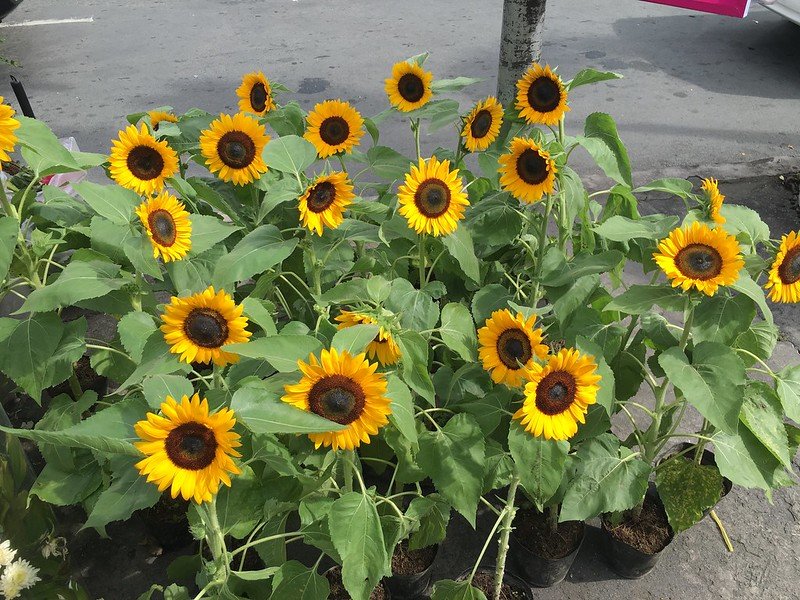
The iconic sunflower is perhaps the most recognized among crops with yellow flowers. Standing tall and proud, sunflowers are not only visually stunning but also economically valuable. They are a significant source of edible oil, commonly extracted from their seeds. Sunflower oil is known for its health benefits due to its high content of unsaturated fats and vitamin E. Additionally, sunflowers are used in the production of snacks, bird feed, and even natural dyes.
Rapeseed (Brassica napus)
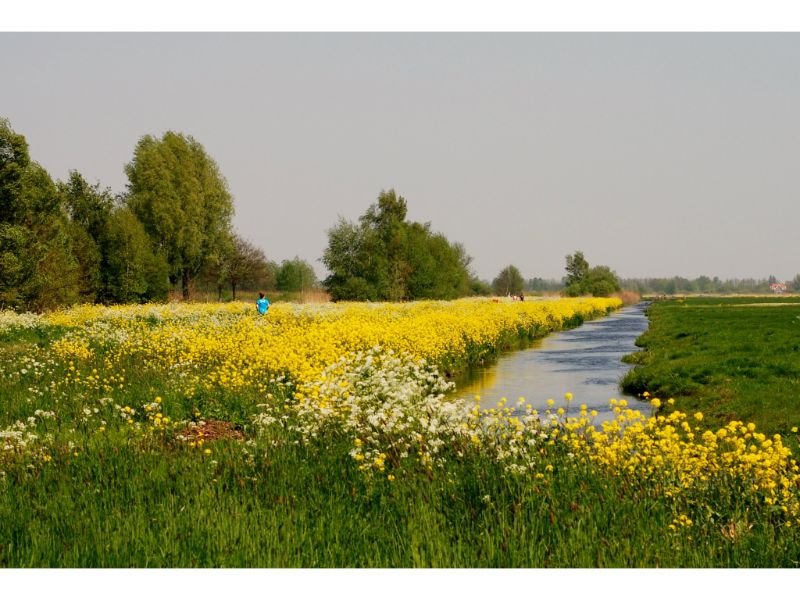
Rapeseed, also known as canola in its edible oil form, is another prominent crop with vibrant yellow blooms. This versatile plant is cultivated for its oil-rich seeds, which are a crucial component in the production of cooking oil, animal feed, and biodiesel. The oil extracted from rapeseed is low in saturated fats and has gained popularity as a heart-healthy alternative in the culinary world. Beyond its economic value, rapeseed contributes to soil health through its deep root system.
Marigold (Tagetes spp.)

Marigolds are a delightful addition to gardens, often adorning landscapes with their bright yellow and orange blossoms. These hardy flowers are more than just eye-catching ornaments – they possess natural pest-repellent properties, making them a popular choice for companion planting. Marigold extracts are utilized in organic farming to deter harmful insects and nematodes. Furthermore, marigolds have a long history of traditional medicinal uses, including wound healing and skin treatments.
Canola
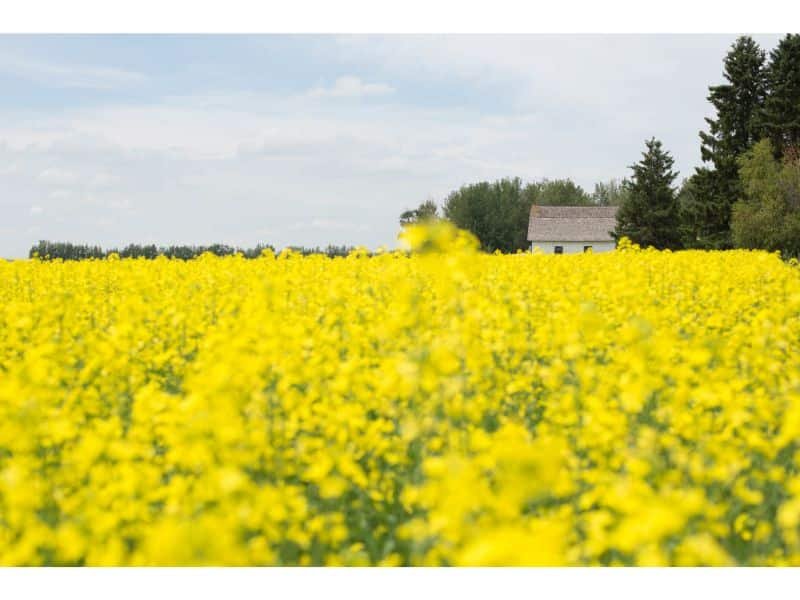
Canola (Brassica napus) is another notable crop adorned with bright yellow flowers. These blossoms eventually give way to the production of canola oil, which is widely used in cooking and various industrial applications. Canola fields create a breathtaking sight, transforming landscapes into seas of gold.
Daffodils: Elegance in Bloom

In the realm of ornamental plants, daffodils (Narcissus) take center stage with their delicate and elegant yellow flowers. These perennial blooms are a favorite in gardens and floral arrangements, adding a touch of sophistication to any setting.
Mustard (Brassica spp.)
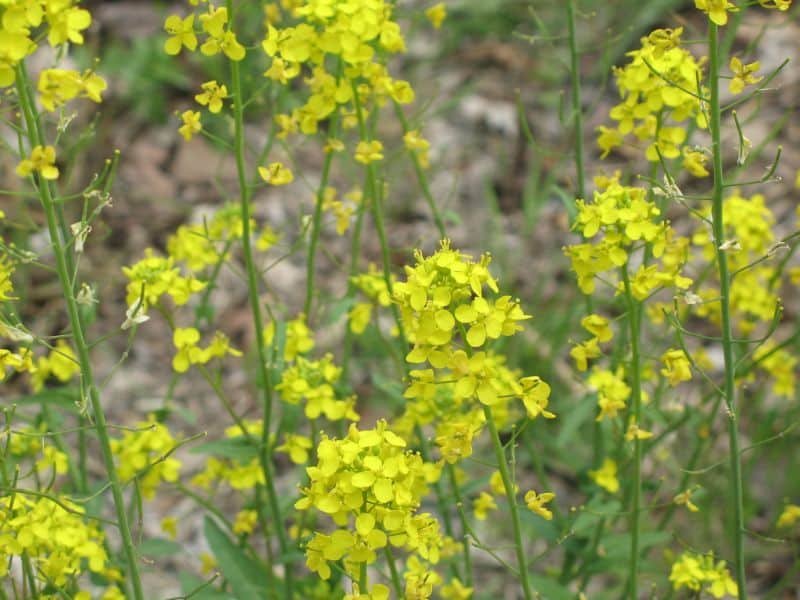
Mustard crops include various species with yellow flowers, and they are cultivated for their edible leaves and seeds, as well as for condiment production.
Safflower (Carthamus tinctorius)

Safflower plants produce bright yellow to orange flowers, and their seeds are used to extract safflower oil, which is used in cooking and industrial applications.
Chickpea (Cicer arietinum)
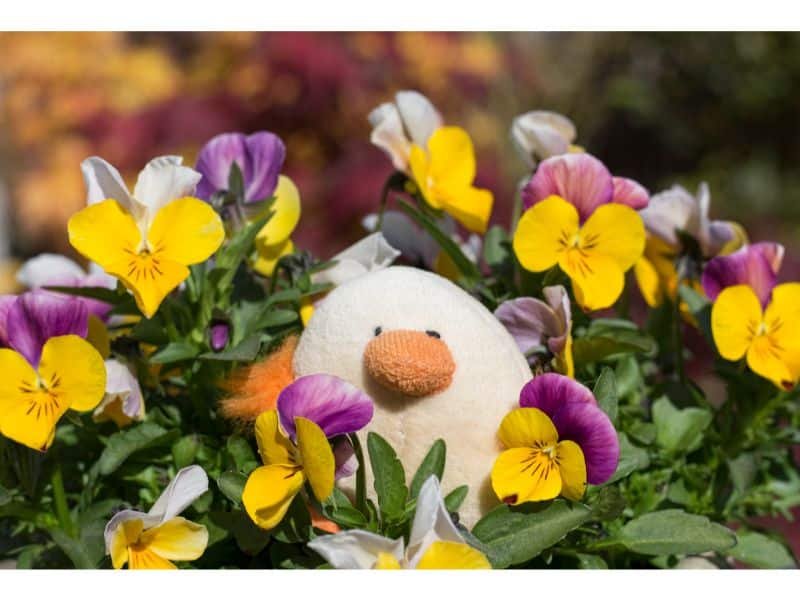
Chickpea plants bear yellowish flowers and are grown for their protein-rich seeds, commonly used in cooking and salads.
Lentil (Lens culinaris)

While most lentil varieties have blue or white flowers, some cultivars display yellowish flowers. Lentils are a nutritious source of protein and fiber.
Broad beans (Vicia faba)
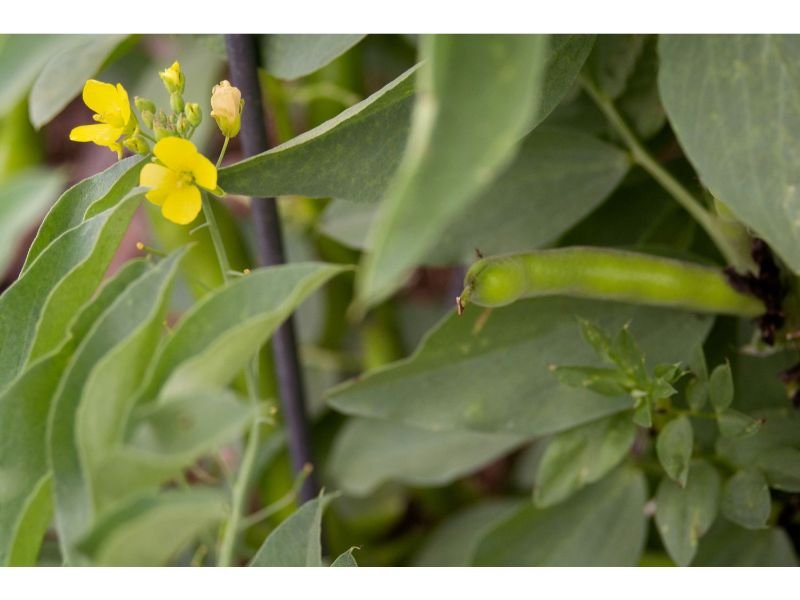
Broad beans produce clusters of white to pale yellow flowers and are cultivated for their protein-rich seeds.
Alfalfa (Medicago sativa)
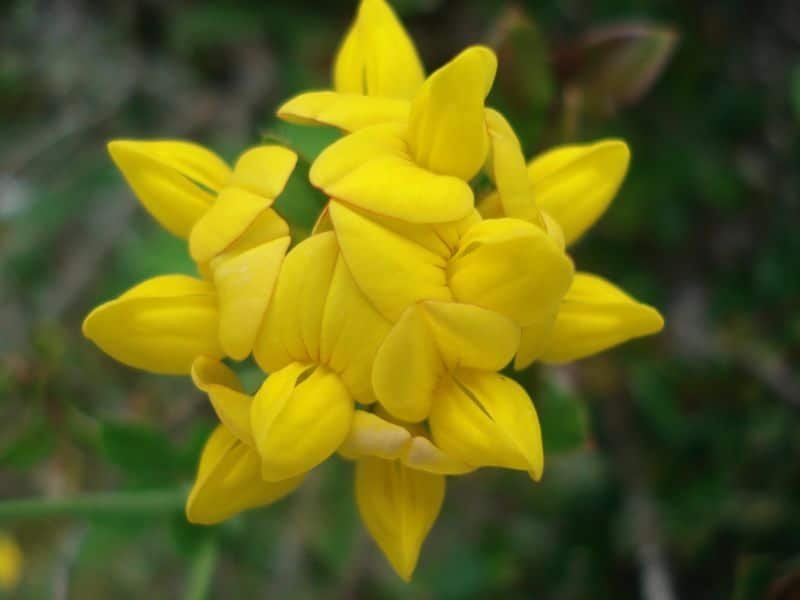
Alfalfa has clusters of small yellow flowers and is commonly grown as a forage crop for livestock feed.
Dandelion (Taraxacum officinale)
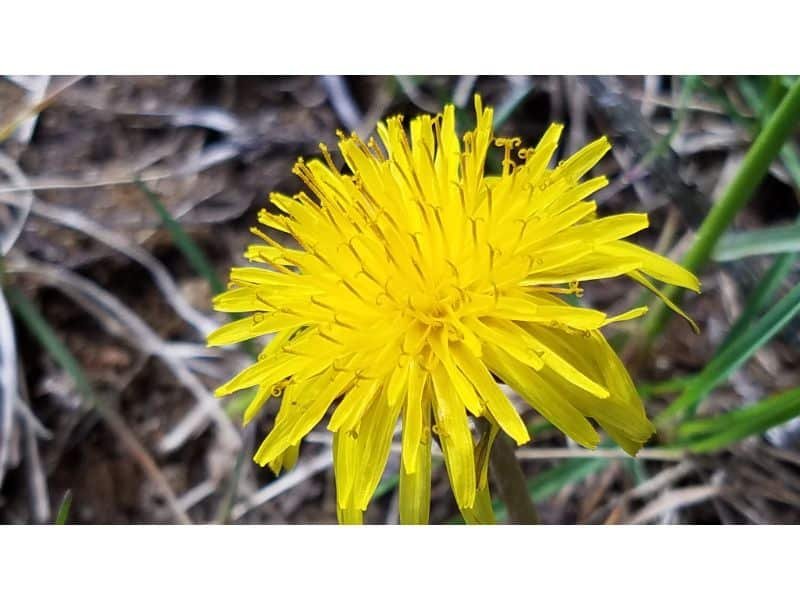
Dandelion flowers are bright yellow and are sometimes harvested for culinary and herbal purposes.
Cotton (Gossypium spp.)
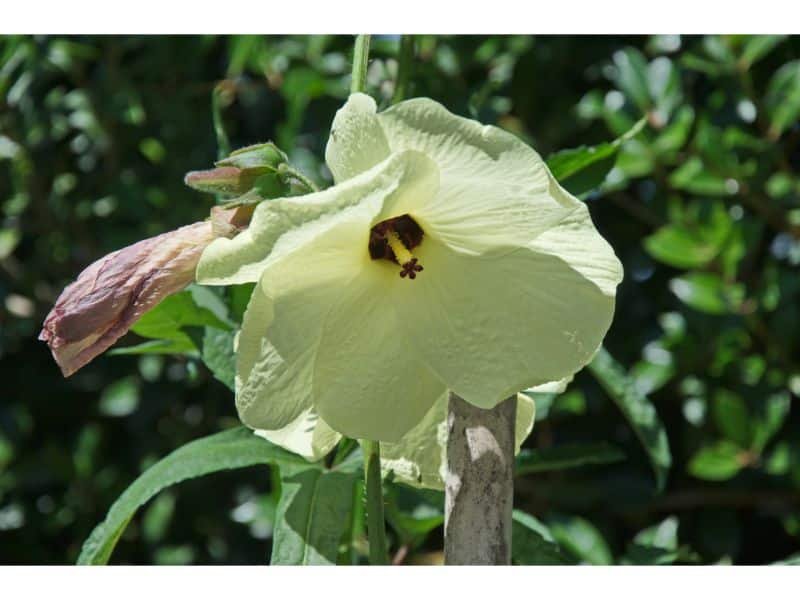
Cotton plants produce yellow to pinkish flowers that develop into cotton fibers used for textiles.
Cultural Significance and Traditional Uses
Crops with yellow flowers have made their mark not only in agriculture but also in various cultures around the world. From ancient rituals to modern celebrations, these plants have woven themselves into the fabric of human society. In some cultures, yellow flowers are associated with abundance and prosperity, making them a staple in festive decorations and ceremonies. In others, they hold symbolic significance in religious practices, representing enlightenment and spirituality.
Nurturing Crops with Yellow Flowers
Optimal Growing Conditions
To ensure the healthy growth and development of crops with yellow flowers, it is essential to provide them with the right conditions. Most of these crops thrive in well-draining soil with adequate sunlight. Regular watering and proper spacing between plants are crucial to prevent overcrowding and promote air circulation. Additionally, incorporating organic matter into the soil can enhance its fertility and water retention capabilities, ultimately leading to more robust plant growth.
Pest and Disease Management
Like any other crop, those with yellow flowers are susceptible to pests and diseases. Implementing integrated pest management strategies is key to minimizing the use of chemical pesticides and maintaining a healthy ecosystem. Utilizing natural predators, introducing beneficial insects, and practicing crop rotation are effective ways to keep pest populations in check. Regular monitoring and early intervention can help prevent the spread of diseases and ensure a bountiful harvest.
Conclusion
In the realm of agriculture and horticulture, crops with yellow flowers stand as a testament to nature’s beauty and resilience. From the iconic sunflower fields to the practicality of rapeseed cultivation, these plants have woven themselves into the fabric of human existence. Their vibrant blooms not only captivate our senses but also contribute to the global economy and ecological balance. As we appreciate the allure and significance of crops with yellow flowers, let us continue to nurture and protect these invaluable gifts from the natural world.

Gardening is my passion and growing plants indoors has always been a stress relief for me. Grow a banana tree in my apartment once (although failed to produce bananas).






